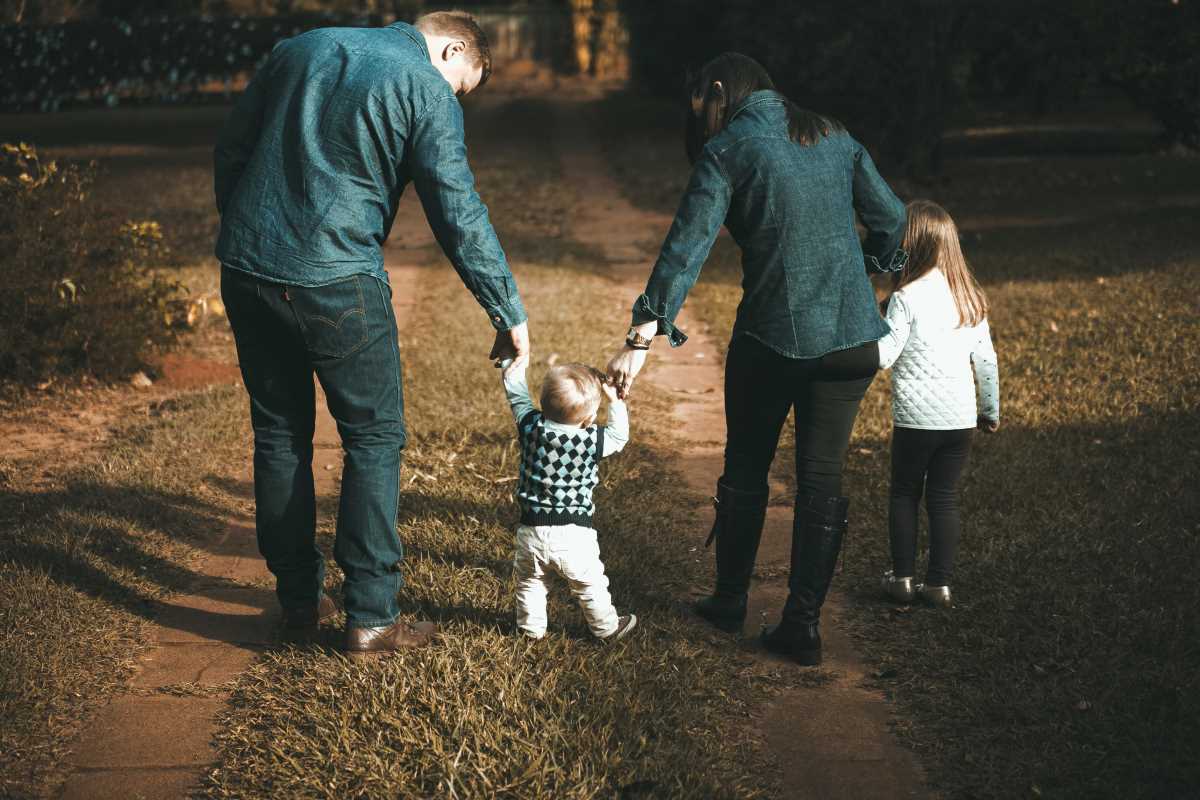Learning to walk is one of the most exciting developmental milestones for parents and children alike. Walking marks an important step toward independence, giving little ones the ability to explore their surroundings in a whole new way. However, the timing of this milestone can vary, and some children may take longer to reach it than others. Here’s an overview of when most children typically learn to walk, the signs of delayed walking, and how to address potential concerns.
Typical Age Range for Walking
Every child develops at their own pace, but most children take their first steps between 9 and 18 months. There’s a wide range of what is considered normal, and slight variations in timing do not necessarily indicate a developmental issue. Around these ages, parents can anticipate the following stages of mobility:
- Crawling (6-10 months): Many children begin crawling on their hands and knees before progressing to walking. Some may scoot on their bottoms or army crawl instead.
- Pulling to Stand (8-11 months): Babies start pulling themselves up using furniture or other objects to practice standing.
- Cruising (9-12 months): While holding onto furniture or other supports, children often "cruise" around, strengthening their legs and improving balance.
- First Independent Steps (9-18 months): This is when most babies start walking unassisted. Some might only take a few steps at first before returning to crawling, but soon they gain the confidence to walk across a room.
By the time most children reach 18 months, they are confidently walking and may even be able to run, climb, or squat to pick things up. However, it’s worth remembering that some children may progress at different rates for various reasons.
Signs Walking May Be Delayed
It’s important for parents to observe their child’s physical development to ensure they’re progressing toward milestones appropriately. While slight delays can be normal, here are some signs that might indicate a delay in walking development:
- Not Sitting Independently by 9 Months: Sitting without support is a precursor to the muscle control needed for standing and walking.
- Not Pulling Up to Stand by 12 Months: Pulling up is an essential stage that builds the strength and coordination necessary for walking.
- No Cruising or Weight Bearing by 12-15 Months: If your child is reluctant to put weight on their legs or shows no interest in cruising while holding onto furniture, this may indicate a delay.
- Not Walking by 18 Months: If your child hasn’t taken independent steps by this age, it’s a good idea to talk to your pediatrician.
- Walking with Unusual Movements or Patterns: If your child’s walking appears awkward—such as dragging one leg or using jerky, unbalanced movements—it’s worth exploring further.
- Lack of Interest in Moving: A child who shows little curiosity about exploring their environment through crawling, standing, or walking could have underlying motor issues.
Factors That Can Influence Walking Development
There are a number of factors that can impact when a child learns to walk, and many of these are perfectly normal. These include:
- Genetics: Walking milestones often run in families. If you or a sibling started walking later than average, your child might follow a similar timeline.
- Personality and Temperament: Some children are natural explorers and eager to move, while others may be more cautious or content to sit and observe until they feel ready.
- Environmental Factors: Babies who spend a lot of time in activity seats, strollers, or other stationary gear may have less opportunity to practice standing and walking.
- Health Conditions or Developmental Delays: Some conditions, such as low muscle tone, hip issues, or developmental disorders, can make it more challenging for a child to learn to walk.
When to Seek Professional Advice
While some children are simply "late walkers," it’s always better to err on the side of caution if you’re concerned about your child’s growth. Consider consulting a pediatrician, physical therapist, or developmental specialist if:
- Your child is not walking by 18 months.
- Your child has difficulty with other motor milestones, such as crawling, sitting, or standing.
- You notice asymmetries, such as favoring one leg over the other.
- Your baby appears to struggle with coordination or balance.
Early intervention can identify and address potential issues, ensuring your child gets the support they need to thrive.
Encouraging Walking Development
If your child is approaching the walking milestone but needs a little encouragement, you can try these activities to support their progress:
- Give Them Time on the Floor: Allow your baby to spend time on the floor daily to practice crawling, sitting, and pulling up. Avoid overusing restrictive devices like walkers and bouncers.
- Encourage Cruising: Place sturdy furniture in a safe space so your child can pull up and cruise between objects. Add fun toys slightly out of reach to motivate them to move.
- Use Push Toys: Walkers or push toys designed for babies can help them practice balance and coordination while improving leg strength.
- Try Gentle Exercises: Guide your baby through simple exercises, such as bending their knees or holding their hands while they "walk."
- Offer Barefoot Time: When indoors, allow your child to go barefoot to help them develop balance and strengthen foot muscles.
- Be Patient and Cheerful: Celebrate small milestones to keep your child motivated and make walking a positive, exciting experience.
Walking is a significant milestone, but each child reaches it on their own timeline. While most children take their first steps between 9 and 18 months, it’s important to watch for signs of delay and seek professional guidance if necessary. By fostering a supportive and engaging environment, you can encourage your child to build the skills they need to become confident, independent walkers. Remember, every step—no matter how small—is a step in the right direction.







